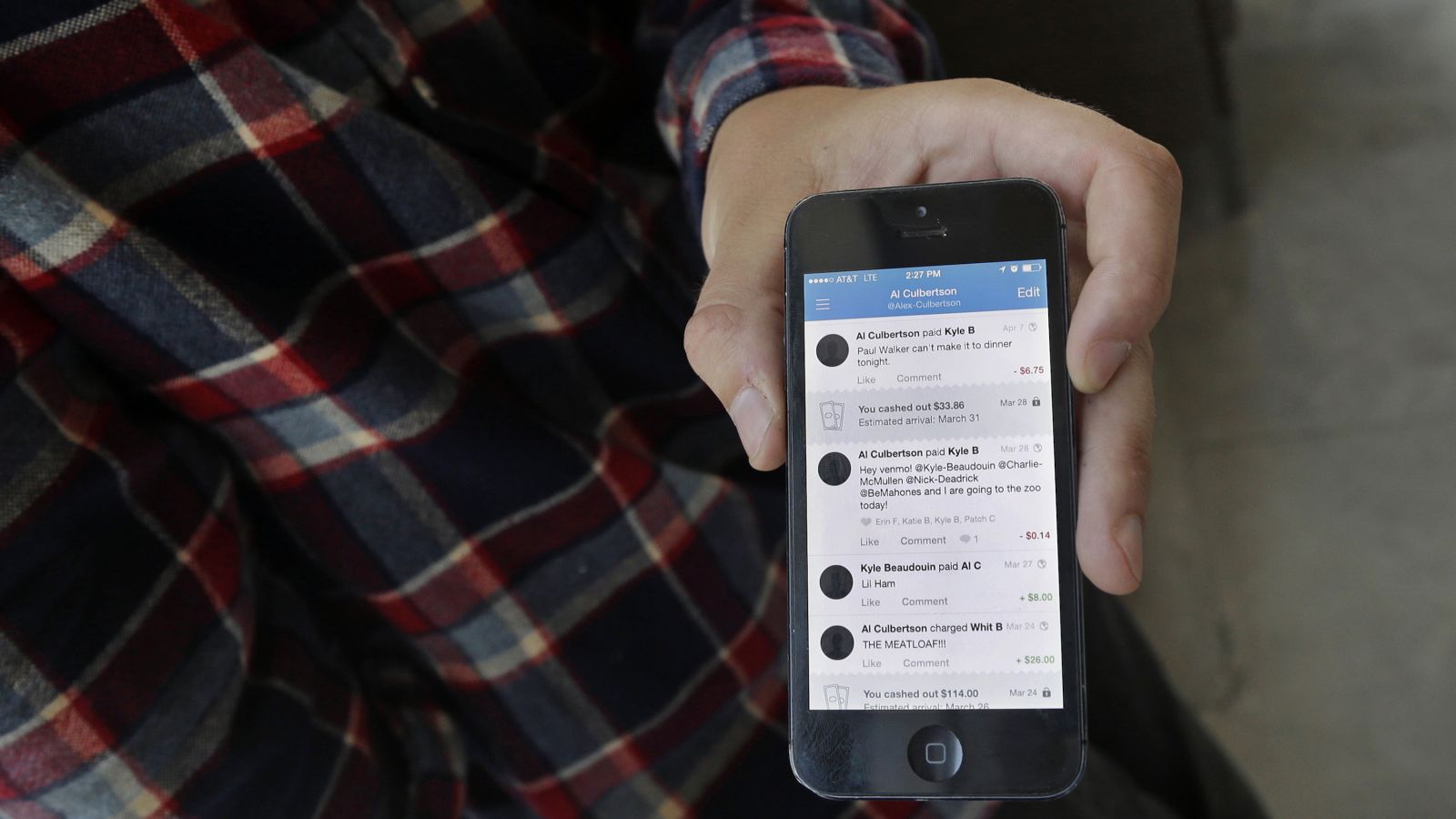
Venmo is turning our friends into petty jerks
By Kari Paul for QZ
Stephanie, a 24-year-old living in New York City, went over to a friend’s apartment one recent night for a laid-back night of watching Master of None on Netflix. When she got there, the friend offered her some wine, and they spent a few hours catching up.
But on her way out the door, Stephanie was surprised to see a notification on her phone from the digital wallet app Venmo. Her friend had just requested a payment of $6 for the wine they had shared.
“I couldn’t believe she was charging me for the glass of wine she poured me herself,” Stephanie said. “This friend has always been really intense about money, but Venmo is definitely giving some people an easier outlet for that kind of behavior.”
Venmo, which launched in 2012 and has since been acquired by PayPal, connects directly to users’ bank accounts, allowing them to immediately pay others or request money from them. Exploding further in popularity in the past year, the name itself has become a verb—among those under age 30 or so, “Venmo me” is a common request.
“If I buy somebody’s beer I just hope the next time that person will buy my beer–I don’t want to invoice my friends for every experience that we share.”
Along with other money-sending services like Chase QuickPay and Square Cash, the app has become a welcome solution for common dilemmas like splitting utilities with roommates, dividing cab fares with friends, and sharing the costs of a group brunch. However, some young people are finding that the app’s convenience–and the faceless nature of requests–have emboldened the tight-fisted among us to nickel and dime close friends without confrontation.
Kristen Chiucarello, a 28-year-old nanny in New York, says she has actively refused to download Venmo, despite pressure from her friends, in order to avoid such uncomfortable situations.
“I prefer to stick to cash transactions and transactions in person,” she said. “If I buy somebody’s beer I just hope the next time that person will buy my beer–I don’t want to invoice my friends for every experience that we share.”
But for many others, once free-wheeling nights out with friends are now followed up with digital IOUs. In the past, someone might buy drinks for a friend at a bar, who would of their own accord offer to pay the cab ride home or buy the next round. Rather than an app, arrangements like these rely on generosity and unspoken trust. It is a sign of friendship to feel unconcerned about the possibility of being stiffed, and confident that everything will even out in the end.
Now, however, such transactions may be followed with a passive-aggressive charge the next day or even late the following week, sometimes over dollars and cents of differences in price. A friend recently requested $4 for the difference between a drink she bought me and a cheaper drink I bought her in return. Another friend charged me $10 for a cab when I had previously bought her a $12 drink, so I felt prompted to charge her back.
One Venmo user told me that a co-worker had invited her to coffee, only to request $3.79 in reimbursement afterward.
Similar stories abound. One Venmo user told me that a co-worker had invited her to coffee, only to request $3.79 in reimbursement afterward. Another said her roommate charged her $3.32 for a shared garden rake.
“When he moves, am I supposed to ask for my $3 back?” she asked. “Venmo is making everyone stingy and strange.”
Of course, stingy–or some might say, overly frugal–people are an age-old phenomenon. Most of us have at least one friend who makes splitting the dinner bill a huge headache. Annaliese Nielsen, who lives in Los Angeles, said she’s been keeping a running list of people she prefers not to dine with for years.
“These are people who fit the profile of someone who would Venmo for a drink that they bought me,” she said. “This behavior existed before Venmo; now there is just an easy utility for it.”
Just as Venmo has inspired stinginess in some, it’s prompted generosity in others. Nielsen says that the women in a large, secret Facebook group she manages have used it in the past to buy dinner for a group member who has had a bad day, while others have used Venmo to quickly–and discreetly–send rent money or emergency funds to friends in need.
Certainly, Venmo behavior is influenced by socio-economic class. For some people in lower-earning jobs, a $5 difference in price actually does matter. Venmo has also made it easier to hold people accountable for kicking in on shared gifts and simplified the lives of roommates trying to divvy up the electric bill. And it’s offered a simple way of clearing up the ever-polemical practice of splitting the bill. People who are vegetarians or teetotalers can pay their fair share without having to finance the steak and top-shelf whiskey of the person next to them.
But despite these advantages, Venmo risks defiling the long-held, unspoken rules of social outings. The app can turn time spent with friends into a revelation that everyone has been stealthily keeping tabs on each other all along.
So while the app is certainly useful in many contexts, let’s all work to enjoy the convenience without slipping into pettiness.When sharing a dinner with friends, don’t request that those who got slightly more expensive entrees send a dollar each for the average cost they upped the bill. Buying a round of drinks, when you can afford it, is a nice gesture and an increasingly lost art. And if you forgot your wallet on a trip to the coffee shop, I don’t want you to send me $4.25. It’s my treat–just get me back next time.
First appeared at QZ





